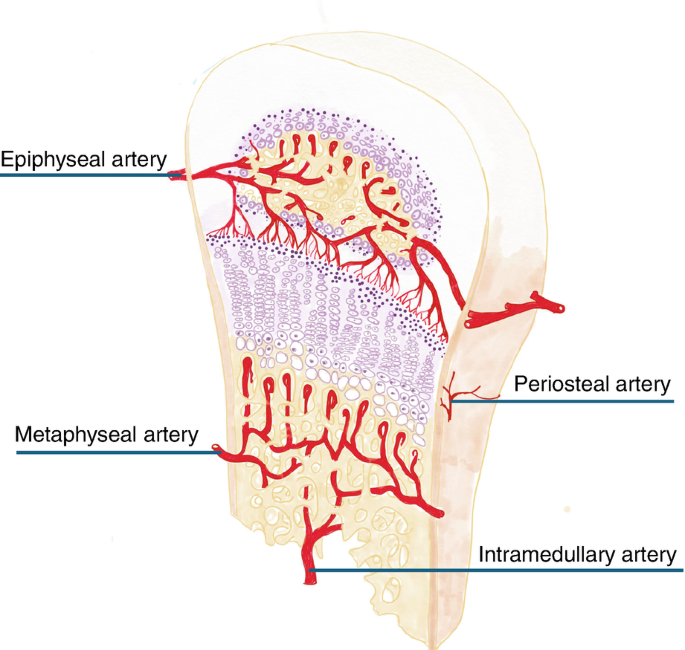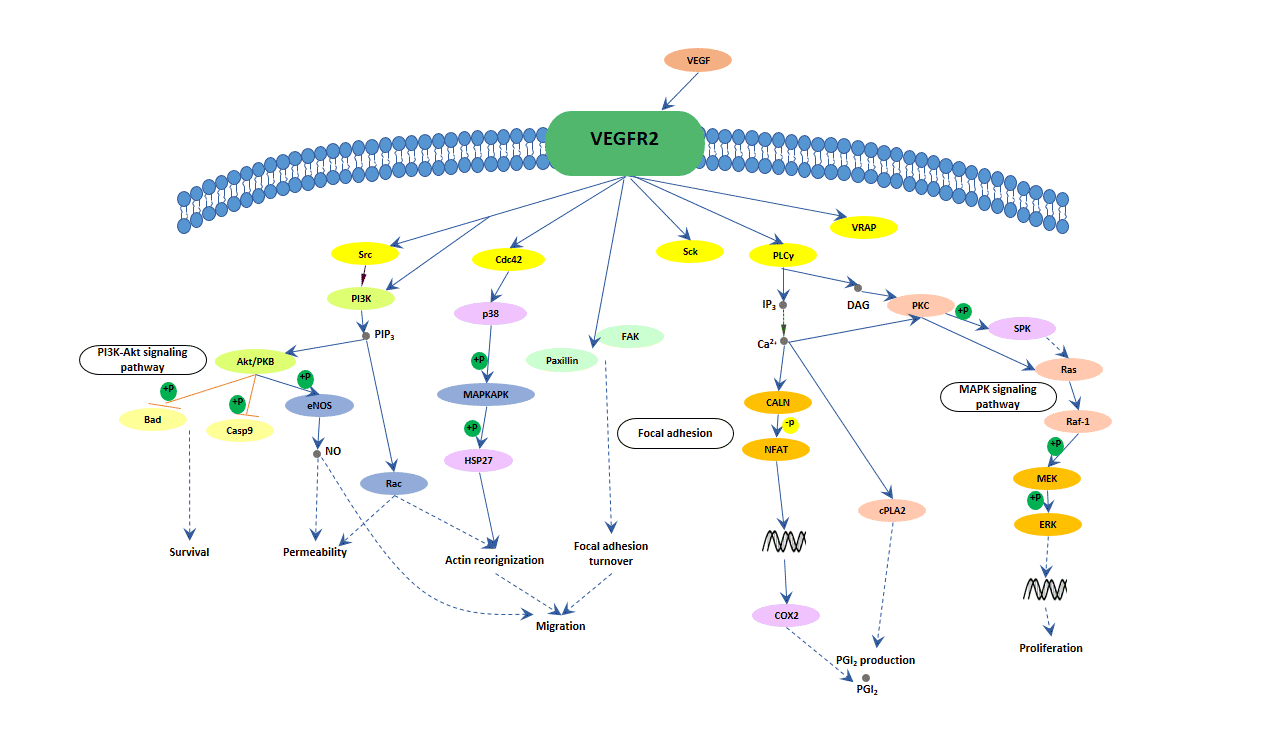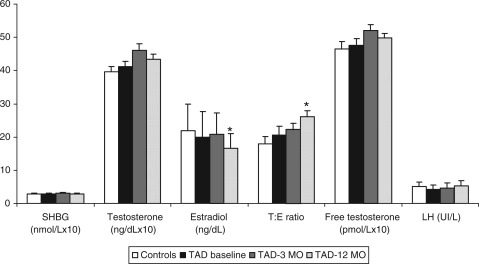Disclaimer: if you want a TLDR, read the orange.
This started as a small observation. I've seen decent discussion about CNP analogues (espescially vosoritide) for heightmaxxing and whatnot, but I noticed people don't really understand what these hormones actually do. The CNP pathway is simple: it controls blood pressure and blood flow. More blood = better.
CNP analogues cost a shit ton of money, so I wondered if any drug targets downstream of this pathway...
That’s where Cialis (tadalafil) becomes interesting. It’s a PDE5 inhibitor, which keeps nitric oxide active longer and relaxes blood vessels. In plain terms, it improves micro-circulation. Usually this is talked about in regard to cardiovascular health or performance, but the same mechanism affects any tissue that relies on small blood vessels — ESPECIALLY bone and cartilage for growing people during puberty.

Growth plates are highly vascular regions. The cells inside growth plates; chondrocytes, live off a steady flow of oxygen and nutrients. When that flow drops, they slow down.
There’s even research on this. One paper (J Bone Miner Res, 2018) showed that when local blood supply gets restricted, bones grow slower in length. So it’s not just about hormones or genetics, how well your growth plates are being “fed” actually matters.
Better circulation = better conditions for growth.
Cialis has a long half-life, roughly 17 hours, which keeps nitric oxide signaling active for most of the day. That constant signaling keeps endothelial nitric oxide synthase (eNOS) switched on, and eNOS is what drives up VEGF, the growth factor that builds new micro-capillaries.
More capillaries = stronger blood delivery. And stronger blood delivery means more IGF-1, oxygen, and nutrients reaching the growth plate. In other words, you’re not forcing growth, you’re improving the logistics behind it.
It stacks up logically:
Nitric oxide ↑ → eNOS ↑ → VEGF ↑ → local IGF-1 ↑ → chondrocyte activity ↑

There’s also supporting data, even if it’s not about height directly. Animal studies using PDE5 inhibitors showed faster bone healing and denser micro-vasculature (Bone 2016; Calcif Tissue Int 2020). It’s not the same as longitudinal growth, but it’s the same biological pattern — better blood flow, better tissue response.
This same circulation logic shows up in other areas too. Men who take Cialis long-term often see a mild rise in testosterone levels and a higher increase in T:E ratio. It’s not that the drug magically boosts hormone production, it’s that better blood flow and endothelial function reduce testicular hypoxia, letting the glands actually work closer to full capacity.

Several studies have shown this trend: consistent PDE5 inhibition leads to slightly higher serum testosterone and improved Leydig cell activity. That’s the same principle at play here; you’re not adding hormones, you’re making the existing system run cleaner. If better circulation can improve testosterone output, it’s not a stretch to assume it might also help the local growth factors do their job more efficiently.
So the hypothesis isn’t that Cialis causes growth. It’s that it improves the efficiency of the growth process already happening, especially if the plates are still open. A reasonable experimental range discussed in research is 5 – 7.5 mg daily.


 (PE)
(PE)